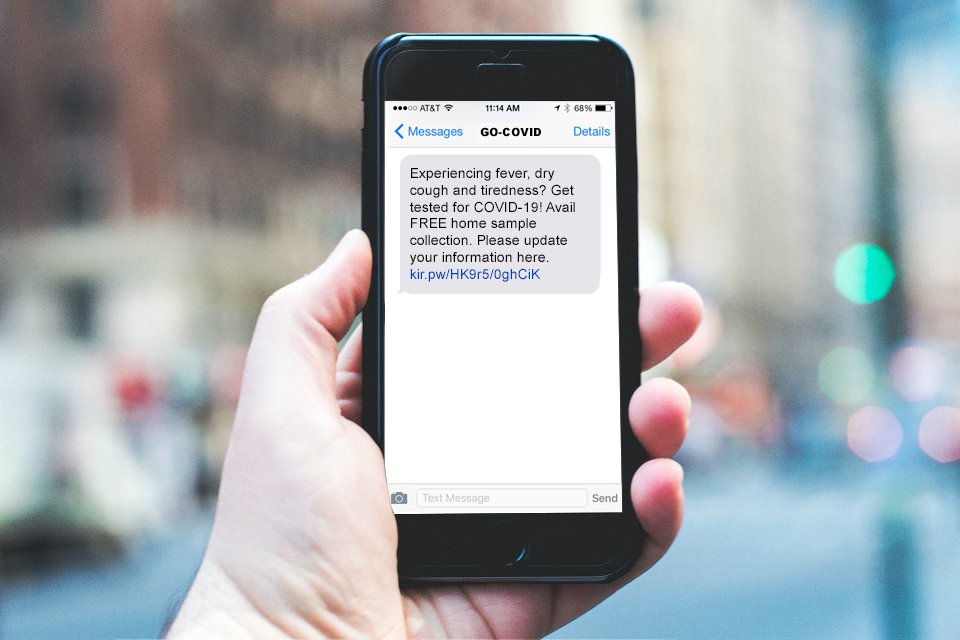As technology continues to advance, cybercriminals have found more sophisticated ways to steal personal information. One such method is smishing, and you’re wondering what is smishing. It’s a form of phishing that uses SMS or text messages to trick individuals into giving up sensitive data.
Table of Contents
What is Smishing?
Smishing, short for SMS phishing, is a type of phishing attack that uses SMS or text messages instead of email. The scammer will send a text message that appears to be from a legitimate source, such as a bank or government agency, asking the recipient to provide personal information or click on a link that leads to a fake website designed to steal information. These messages can also contain malware that infects the recipient’s device when the link is clicked. Learn more about Hyperlinks.

In an attack, cybercriminals use social engineering tactics to create a sense of urgency or fear to persuade victims to take immediate action. For example, a message might claim that your bank account has been compromised and ask you to click on a link to verify your account information.
Smishing Tactics
The tactics can vary, but the most common ones are:
- Spoofed Numbers: Scammers can disguise their phone numbers to appear as if they are from a reputable source.
- Urgent Requests: Scammers often use urgency to pressure recipients into taking immediate action, such as threatening to suspend an account or charging a fee if the requested information is not provided.
- Emotional Appeals: Scammers may also use emotional appeals to trick individuals into giving up sensitive data, such as claiming a loved one is in danger or offering a prize or reward.
How to Recognize These Messages
Recognizing smishing messages can be difficult, but there are some signs to look out for:
- The message contains urgent requests or threatening language.
- The message asks for personal or sensitive information, such as passwords, social security numbers, or financial information.
- The message contains a suspicious link or attachment.
- The message appears to be from an unknown or suspicious sender.

Smishing Example
Many attackers use automation to send several users their text messages using an email address to avoid detection. The phone number listed in caller ID is usually a number that points to an online VoIP service such as Google Voice, where you can’t look up the number’s location.

How to Protect Yourself from Smishing
Protecting yourself requires being cautious and vigilant. Here are some tips:
- Don’t respond to unsolicited text messages or click on links from unknown senders.
- Verify the authenticity of the message by contacting the company or organization directly through a verified phone number or website.
- Install anti-malware software on your device to detect and remove malicious software.
- Keep your software and operating system up-to-date to avoid vulnerabilities.
Click here to learn more about Cyber Threats.
What to Do if You Fall Victim to Smishing
If you fall victim, act quickly to minimize the damage:
- Contact your bank or financial institution immediately to report any suspicious activity.
- Change your passwords for all accounts associated with the compromised device or information.
- Report the incident to the Federal Trade Commission and the FBI’s Internet Crime Complaint Center.
Conclusion
Smishing is a serious cyber threat that can result in identity theft, financial loss, and other types of harm. By following these tips and being cautious of unexpected text messages, you can help protect yourself from these attacks and other types of phishing scams.

